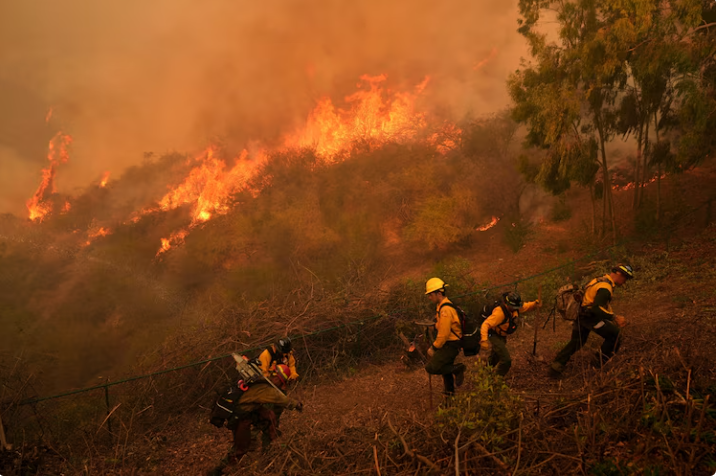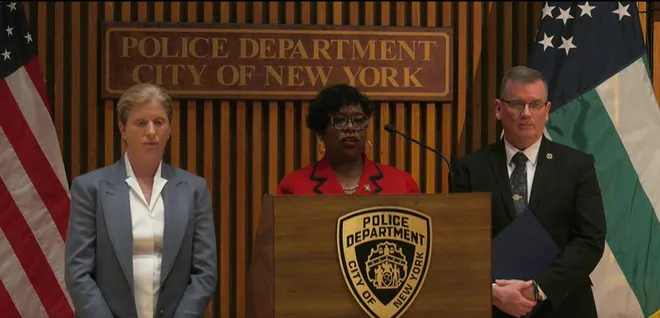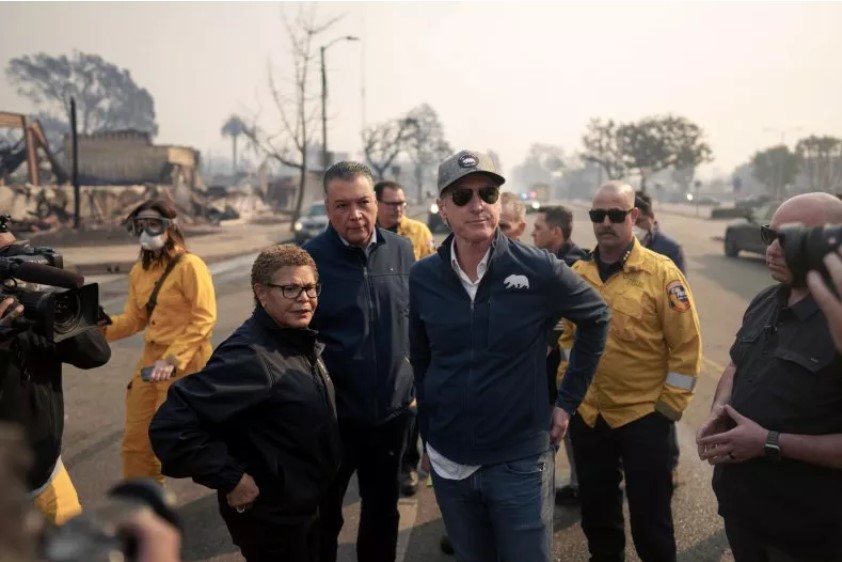Recent wildfires raging through Los Angeles County underscore the growing impact of climate change on natural disasters. The fires, including the ongoing Palisades Fire, are a stark reminder of how extreme weather conditions—such as drought, heavy rains, high winds, and low humidity—create a perfect storm for devastating wildfires. This event follows in the wake of Hurricane Helene’s destructive aftermath in North Carolina, which caused fatal floods and landslides.
Experts warn that extreme weather events, exacerbated by climate change, are becoming more frequent and severe across the U.S. Local governments must proactively address these challenges by investing in comprehensive climate risk assessments. These assessments help identify vulnerable communities and tailor disaster preparation strategies to reduce the impact of extreme events.
In Los Angeles County, seven of the ten largest wildfires in the state’s history have occurred since 2017. A recent vulnerability assessment revealed that many areas in the county, particularly those between urbanized land and undeveloped wildland, are in high or very high fire hazard severity zones. Despite the risk, development continues in these areas. The county’s response includes enforcing building codes that require fire-resistant materials, creating defensible spaces around properties, and improving access for emergency responders.
The city of Los Angeles has also drafted a Climate Vulnerability Assessment, focusing on infrastructure resilience to wildfires. Proposed solutions include strengthening power lines, creating fire-resistant zones, and utilizing indigenous fire risk reduction practices such as controlled burns. Community participation in clearing potential fire fuel and restoring native plants is also encouraged.
Experts like Cinnamon Carlarne from Albany Law School emphasize the need for immediate action. Climate change is inevitable, but proactive measures can reduce future damage. As climate-related disasters increase, it’s vital for local governments to collaborate, plan, and implement strategies to protect lives and reduce the escalating economic toll.


